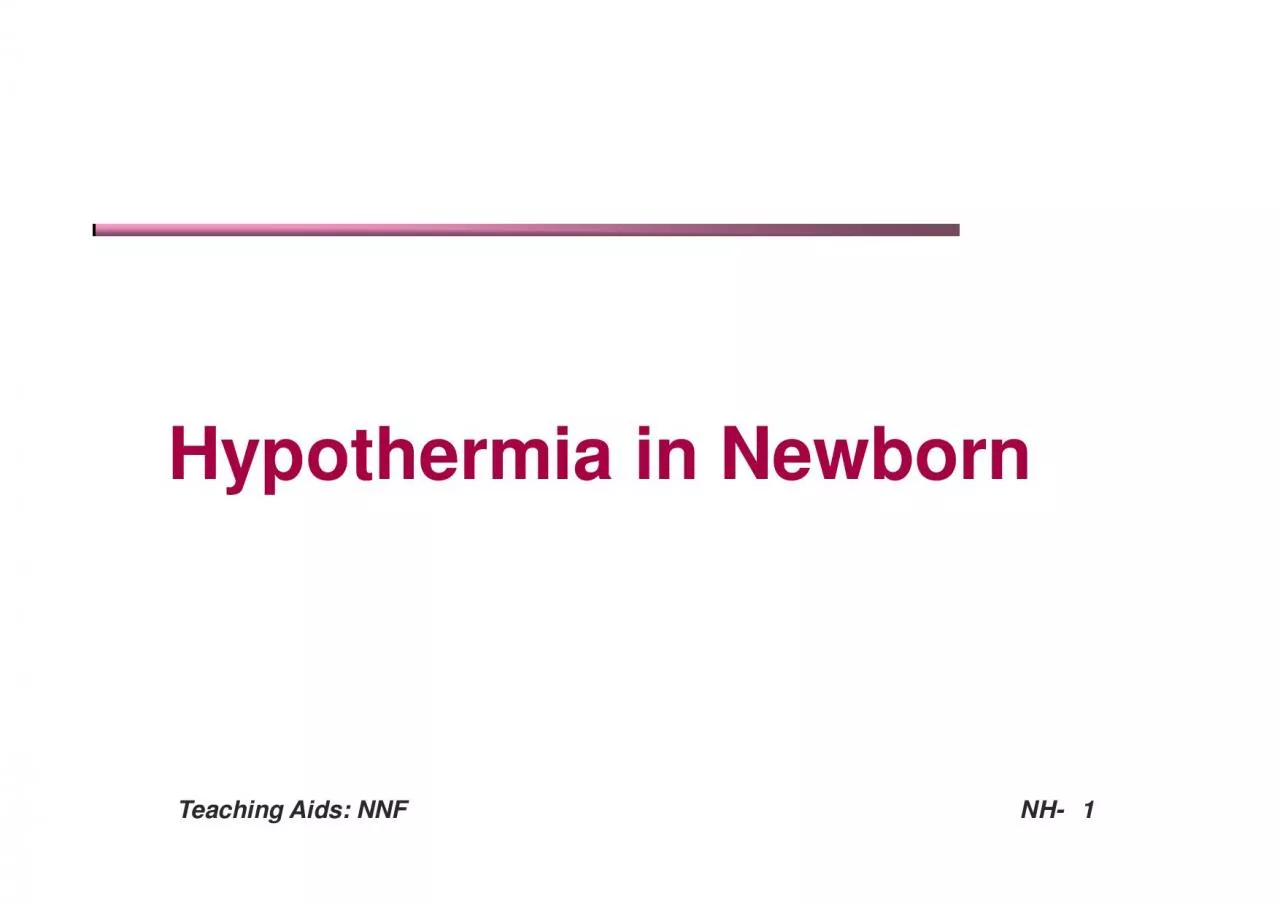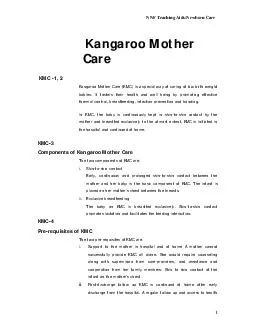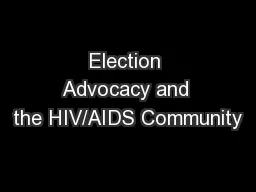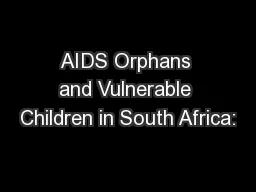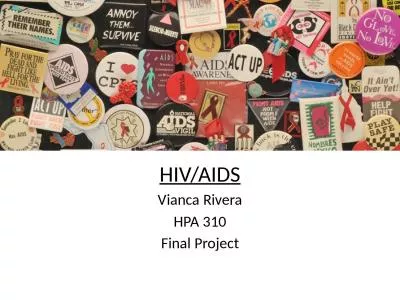PDF-Teaching Aids NNF NH1
Author : luna | Published Date : 2022-10-27
Significant problem in neonates at birth and Mortality rate twice in hypothermic babies Contributes to significant morbidity Teaching Aids NNF NH2 Larger surface
Presentation Embed Code
Download Presentation
Download Presentation The PPT/PDF document "Teaching Aids NNF NH1" is the property of its rightful owner. Permission is granted to download and print the materials on this website for personal, non-commercial use only, and to display it on your personal computer provided you do not modify the materials and that you retain all copyright notices contained in the materials. By downloading content from our website, you accept the terms of this agreement.
Teaching Aids NNF NH1: Transcript
Download Rules Of Document
"Teaching Aids NNF NH1"The content belongs to its owner. You may download and print it for personal use, without modification, and keep all copyright notices. By downloading, you agree to these terms.
Related Documents

